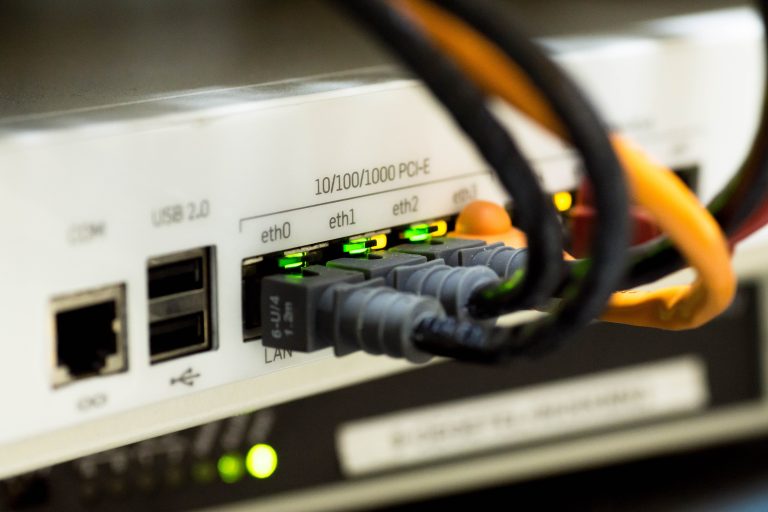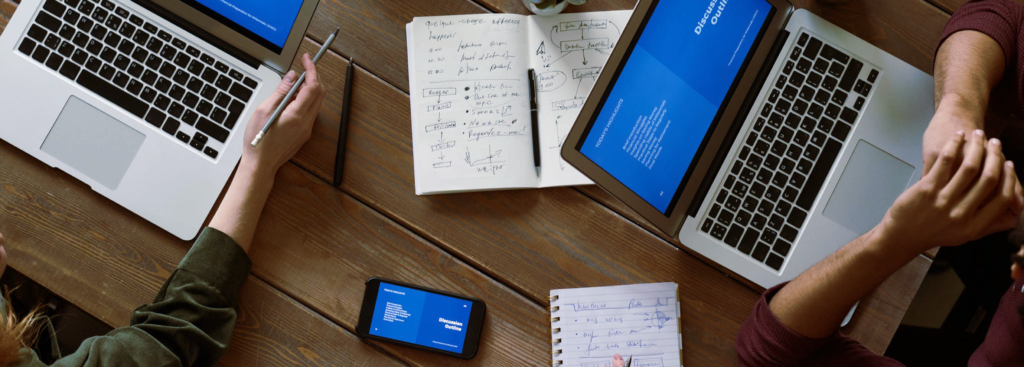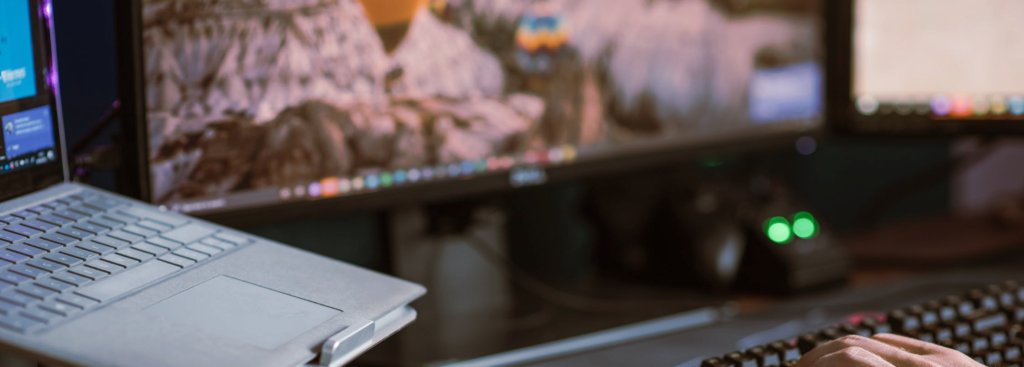Sometimes it’s just the right time do an office relocation, despite the hurdles that it can present from an organisational viewpoint. With that being said, a thorough planning process is the best way to minimise disruption to your workplace and ensure that your IT infrastructure is up and running as soon as possible.
Don’t think you can rush through your office move checklist as this will undoubtedly lead to things being missed. If you think of your office move as a giant puzzle then you’ll know that you might have trouble trying to force in a piece of it you overlooked earlier on.
Office relocation checklist: the basics
Before you start thinking about your IT moving checklist, you’ll need to take care of the basics surrounding office relocation.
Floorplan: Designing your floorplan is going to be essential for a quick move and will allow you to plan an office space that’s great for everyone. Take employee desks, shared spaces, meeting rooms, and everything else into account for your floorplan.
Assign numbers: Once you know where your employees are going to be located, you’ll need to assign them with an identifier code. Similarly, assign an identifier number to each shared space, meeting room and piece of office equipment too.
Label everything: Once you have your identifier numbers ready, you can start to label items that pertain to each employee or area in your floorplan.
Office moving checklist: IT considerations
1) Plan your IT relocation long before making the move
Adapting your existing or a new IT infrastructure can be complicated and time consuming at best. So, don’t leave checking the network cabling requirements you’ll need in your new office until last minute. Additionally, get in touch with your carriers, internet service providers and technology vendors at least two months before you move to let them know about your plans.
2) Carefully evaluate your existing IT infrastructure
It’s always worth upgrading your IT infrastructure at an opportune moment, such as an office move. Review your equipment to work out if it’s still applicable at your new location and establish what needs an upgrade before returning any unwanted leased equipment or disposing of your own.
3) Work out your business’s communications requirements
Do you know how many phone lines you’ll need? How many Cat 5 or Cat 6 cables will you need? These are all questions you need to answer ahead of time, along with many others, to ensure that your office communications are up and running the day you move.
4) Examine your new site
Once you know more about your current and projections IT requirements, you can craft an office relocation checklist for when you examine your new site. It’s worth inviting your IT provider and a network cabling company to accompany you and aid in your planning process.
You’ll need to review your configuration plan with your IT provider, establish where the ideal locations for workstations, outlets, and network cables are, and choose the best locations for office hardware.
5) Take a look at your options on the telecommunications market
Take the time to have a look at the current offerings on the telecommunications market. As the market changes from year to year it can be advantageous to find a new deal to match your upcoming office requirements.
6) Enact a data protection plan
It’s absolutely vital that you protect your company data during your move to a new office location. To mitigate against any risks, you’ll need to make as many backup copies of your company data systems as possible in order to feel totally secure. But, in addition to this, always test your backups to ensure that a full recovery is possible and you can access all of your company’s vital data when needed.
7) Make your last preparations before the move
It’s worth seeking out professional office technology moving company as some equipment needs to be handled extremely carefully. But, make sure you transport your data backups separately to the rest of your IT equipment.
You’ll need to run through all of your data cables to confirm that they’re correctly matched to their corresponding location or piece of equipment. To make the processes smoother, create and distribute a contact list of everyone involved in the move.
8) Test your new IT infrastructure: post-move checklist
- Confirm that all cabling, phones, and equipment is at the correct location.
- Confirm that phone numbers correspond to phone locations
- Test your phone systems
- Start your servers and begin network tests
- Begin data migration
- Test incoming and outgoing email capabilities
- Test online capabilities, such as internet and extranet
- Test network connections of each computer
Do you feel you need help with your office move checklist as well as the testing after your move? To learn more about how our team of experts can help your business, please contact Saxons today













